Contents
Introduction
Anna Freud was a pioneer in the field of psychoanalysis, following closely in the footsteps of her father, Sigmund Freud. Her work primarily focused on the development of the ego and mechanisms of defense, shaping our understanding of how children cope with emotional stress and trauma.
Educated and trained in Vienna, Anna Freud fled to London during the rise of the Nazi regime. There, she continued her practice and research, founding the Hampstead War Nursery during World War II to study the impact of separation and trauma on young children.
In this article, we explore more about Anna Freud’s theories, her clinical work, and her lasting impact on the field of psychoanalysis. Explore more psychologists, like Anna, here.

Life Of Anna Freud
In 1938, Anna Freud fled to London with her father. She never married or had children, dedicating her life to her family and her work. Her close relationship with her father profoundly influenced her career, as she worked alongside him and later managed his estate and publications after his death in 1939.
Her friendships with colleagues and students reflected her kindness, intelligence, and dedication, enriching her personal and professional life.
Image Source: Bettmann / Contributor / Getty Images
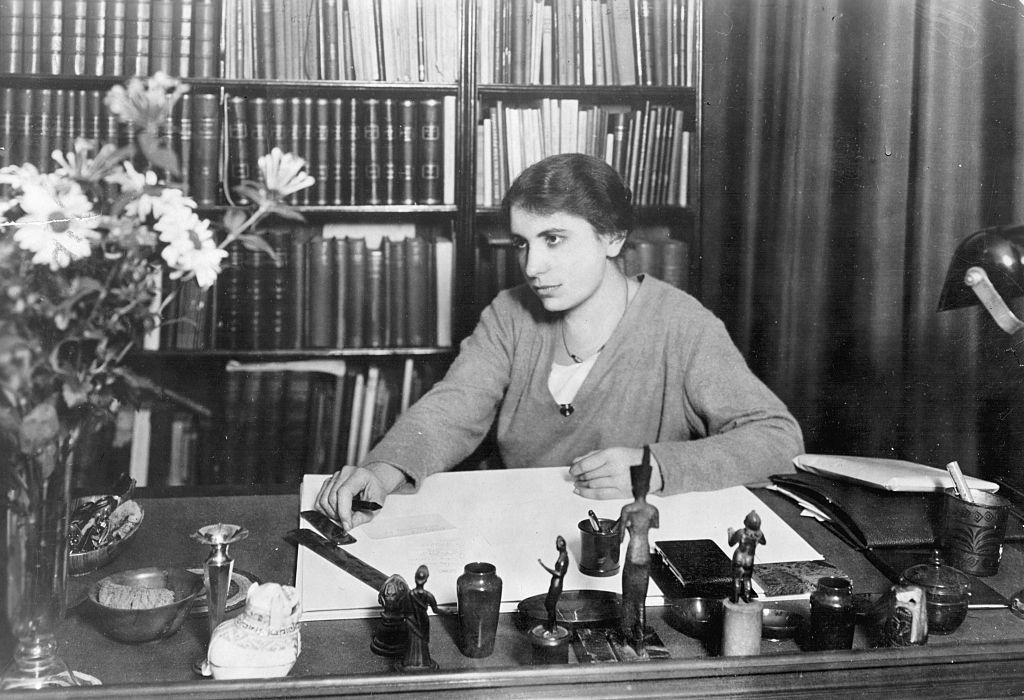
Anna Freud was born on December 3, 1895, in Vienna, Austria, into a family that would profoundly shape the future of psychology.
- Childhood Environment: Growing up in a household deeply engaged in psychological discourse, Anna was significantly influenced by her father’s work and the intellectual environment surrounding her.
- University Studies: In the 1920s, Anna Freud pursued psychoanalytic training at the Vienna Psychoanalytic Society under her father’s guidance, which laid the foundation for her future contributions to child psychoanalysis.
- Early Career and Influences: Initially trained as a teacher, she soon turned to psychoanalysis, collaborating with her father and becoming deeply involved in his research, which set the stage for her future contributions to child psychology.
Anna Freud continued to make significant contributions to psychoanalysis through her writing, teaching, and clinical practice. She passed away on October 9, 1982, in London, leaving behind a legacy of innovation and dedication in understanding child development and psychoanalysis.
Education Background Of Anna Freud
| Education Level | Details |
| High School | Attended Cottage Lyceum in Vienna, Austria |
| Undergraduate Studies | Initially trained as an elementary school teacher in Vienna |
| Graduate Studies | Trained in psychoanalysis at the Vienna Psychoanalytic Society under Sigmund Freud |
| Advanced Education | Studied and developed child psychoanalysis, focusing on defense mechanisms and child development |
| Notable Mentors | A major influence on her early psychoanalytic theories, shaped by her father’s work and her clinical experience with children. |
Notable Works of Anna Freud
| Theory Details | Details | Significance |
| Introduction to the Technique of Child Analysis | Published in 1927, this work outlined methods for conducting psychoanalytic treatment with children | Established foundational methods for child psychoanalysis and influenced clinical practices. |
| The Ego and the Mechanisms of Defence | Published in 1936, this book introduced and elaborated on various defense mechanisms used by the ego. | Deepened understanding of how the ego manages anxiety and stress, shaping psychoanalytic theory. |
| Hampstead War Nursery Studies | Conducted during World War II, these studies focused on the effects of trauma and separation on children. | Highlighted the impact of trauma on child development, influencing care practices and theory.. |
| Normality and Pathology in Childhood | Published in 1965, this work explored the distinction between normal and pathological development in children. | Provided a framework for understanding developmental variations and disorders. |
| The Growing Up of Children | This work examined the developmental stages and psychological growth of children. | Offers insights into the evolving psychological needs of children over time. |
| Young Children in War | Focused on the psychological impact of war on young children, drawing from her experiences in the Hampstead War Nursery. | Raised awareness of trauma effects, influencing child care practices during crises. |
Anna Freud’s work had a significant impact on psychology and related fields:
Cultural Impact: Her theories on child development and defense mechanisms influenced educational practices, child care, and therapeutic approaches, emphasizing the importance of early emotional experiences and psychological resilience.
Academic Institutions: Contributed to the field through her work at the Hampstead War Nursery and psychoanalytic training programs, shaping practices in child psychoanalysis and integrating her methods into clinical training and research.
Difference in Anna Freud & Melanie Klien’s point of views
Anna Freud and Melanie Klein were both prominent figures in psychoanalysis, but they had distinct approaches to child psychoanalysis and theory. While both made significant contributions, their perspectives on childhood development and the mechanisms of the psyche differed in key ways.
| Anna Freud’s Views | Melanie Klein’s Views |
| Focus on the Ego | Focus on Internal Objects |
| Emphasized the role of the ego in managing anxiety and defense mechanisms. | Concentrated on internal objects and their impact on psychological development. |
| Focused on conflicts involving the child’s relationships with primary caregivers. | Explored internal conflicts through the lens of object relations and fantasy |
| Introduced and elaborated on various defense mechanisms such as repression and denial. | Focused on early internal conflicts, particularly involving the child’s relationships with primary caregivers. |
| Proposed stages like autonomy and self-care. | Developed the concept of “positions” (paranoid-schizoid and depressive) in early development. |
| Proposed developmental lines, focusing on stages like autonomy and self-care. | Developed object relations theory, emphasizing the significance of early relationships and their influence on personality. |
| Developed techniques for child analysis, including interpretation of behavior and verbal expression. | Utilized play therapy as a means to access and understand the child’s inner world. |
Famous Books and Publications
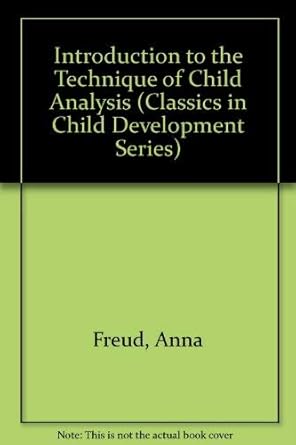
Introduction to the Technique of Child Analysis 1927

The Ego and the Mechanisms of Defense 1936
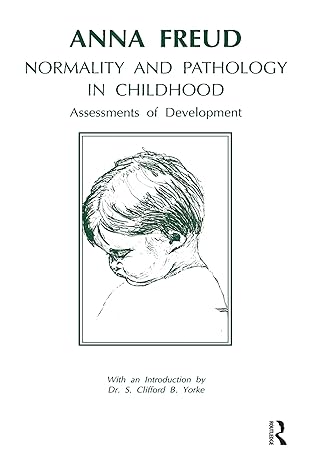
Normality and Pathology in Childhood

The Psychoanalytic Study of Children
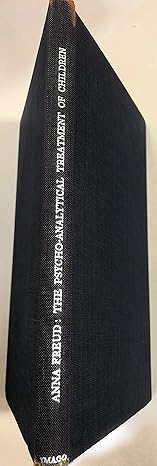
The Psychoanalytic Treatment of Children

Psychoanalysis of Children and Adolescent
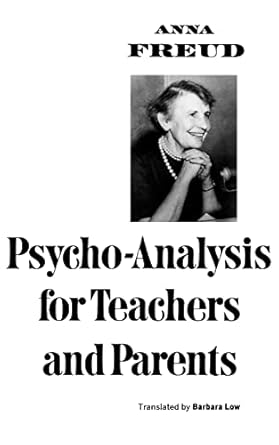
Psycho-Analysis for Teachers and Parents
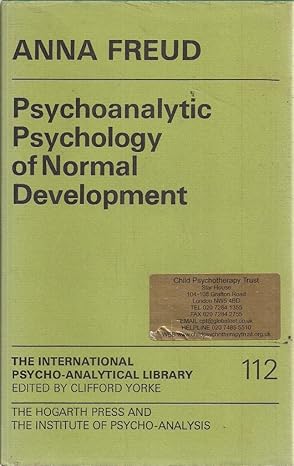
Psychoanalytic Psychology of Normal Development
Influence on Contemporary and Future Psychological Research
- Child Psychoanalysis: Continues to profoundly influence modern therapeutic approaches for children facing emotional and behavioral challenges, providing foundational principles for current interventions and treatment strategies.
- Defense Mechanisms: Informs contemporary research on coping strategies and therapeutic applications, offering valuable insights into how individuals manage stress and psychological conflict, and guiding the development of effective therapeutic techniques.
- Trauma-Informed Care: Significantly impacts practices and enhances understanding of the long-term effects of trauma, shaping approaches to treatment that recognize and address the complexities of trauma experiences in various populations.
- Developmental Psychology: Contributes extensively to research on both typical and atypical child development, advancing knowledge of developmental milestones and variations, and influencing approaches to support and intervention.
- Psychoanalytic Education: Shapes and informs training programs for emerging clinicians, equipping them with essential knowledge and skills in child development and psychoanalytic techniques, and ensuring the continuation of effective practices in the field.
Psychologists Influenced by Anna Freud’s Work
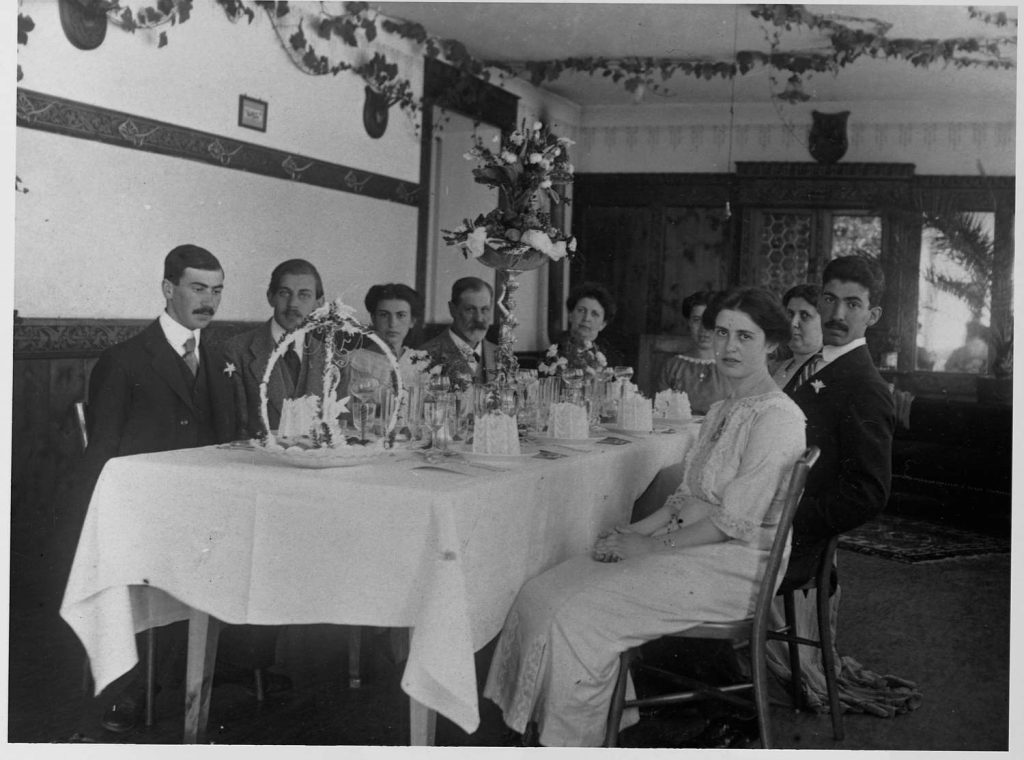
- Melanie Klein: Developed object relations theory, building on Anna Freud’s work in child psychoanalysis and defense mechanisms.
- Donald Winnicott: Expanded on Anna Freud’s theories to develop concepts like the “true self” and the “good enough mother” in child development.
- John Bowlby: Integrated Anna Freud’s insights into his own attachment theory, focusing on the impact of early relationships on emotional development.
- Erik Erikson: Incorporated aspects of Anna Freud’s theories into his work on psychosocial development and identity formation.
- Margaret Mahler: Influenced by Anna Freud’s ideas, she developed the separation-individuation theory, exploring the process of child development and independence.
Legacy of Anna Freud
- Pioneering Child Psychoanalysis: Established foundational techniques and theories for understanding and treating children in psychoanalysis.
- Advancement of Defense Mechanism Theory: Deepened the understanding of how individuals use defense mechanisms to cope with anxiety and stress.
- Trauma Research: Influenced contemporary practices in trauma-informed care and the study of early emotional experiences.
- Developmental Psychology Contributions: Provided insights into developmental stages and psychological growth in children.
- Educational Influence: Shaped psychoanalytic training programs and influenced how future generations of clinicians approach child development and therapy.
Conclusion
Anna Freud’s pioneering work in child psychoanalysis, defense mechanisms, and trauma has had a lasting influence on both clinical practice and theoretical research. Her innovative approaches continue to shape modern psychoanalytic techniques and educational programs.
By integrating her insights into child development, she has left a profound legacy that endures through ongoing research and application in psychology. Her contributions remain vital to understanding and addressing the complexities of emotional and psychological growth in children.
FAQs
What are Anna Freud’s major contributions to psychoanalysis?
Anna Freud’s major contributions include developing foundational techniques for child psychoanalysis and her studies on defense mechanisms and trauma. Her work laid the groundwork for understanding how children cope with emotional stress and has had a lasting impact on therapeutic practices. Read more about her contributions.
How did Anna Freud’s work differ from her father’s?
Anna Freud focused on child psychoanalysis, emphasizing the development of the ego and defense mechanisms, while Sigmund Freud’s work was more centered on broader psychoanalytic theory, including the unconscious mind and psychosexual stages. Her practical approach to therapy with children distinguished her from her father’s more theoretical focus.
What was the Hampstead War Nursery, and why is it significant?
The Hampstead War Nursery was established by Anna Freud during World War II to study the impact of trauma and separation on children, significantly influencing modern trauma-informed care. These works introduced key concepts in psychoanalysis and offered groundbreaking insights into the treatment of children. Discover the Hampstead War Nursery
Bibliography
- [1] Freud, A. (1927). Introduction to the Technique of Child Analysis. Vienna: International Psychoanalytic Association.
- [2] Freud, A. (1936). The Ego and the Mechanisms of Defence. Vienna: International Psychoanalytic Association.
- [3] Freud, A. (1943). Hampstead War Nursery Studies. London: Hogarth Press.
- [4] Freud, A. (1952). Children’s Reactions to Accidents and Illnesses. London: Hogarth Press.
- [5] Freud, A. (1965). Normality and Pathology in Childhood. London: Hogarth Press.
- [6] Freud, A. (1965). The Growing Up of Children. London: Hogarth Press.
- [7] Freud, A. (1964). Psychological Aspects of Child Development. London: Hogarth Press.
- [8] Klein, M. (1932). The Psycho-Analysis of Children. London: Hogarth Press.
- [9] Klein, M. (1952). The Origins of Transference. International Journal of Psycho-Analysis.
- [10] Winnicott, D. W. (1960). The Theory of the Parent-Infant Relationship. International Journal of Psycho-Analysis.






